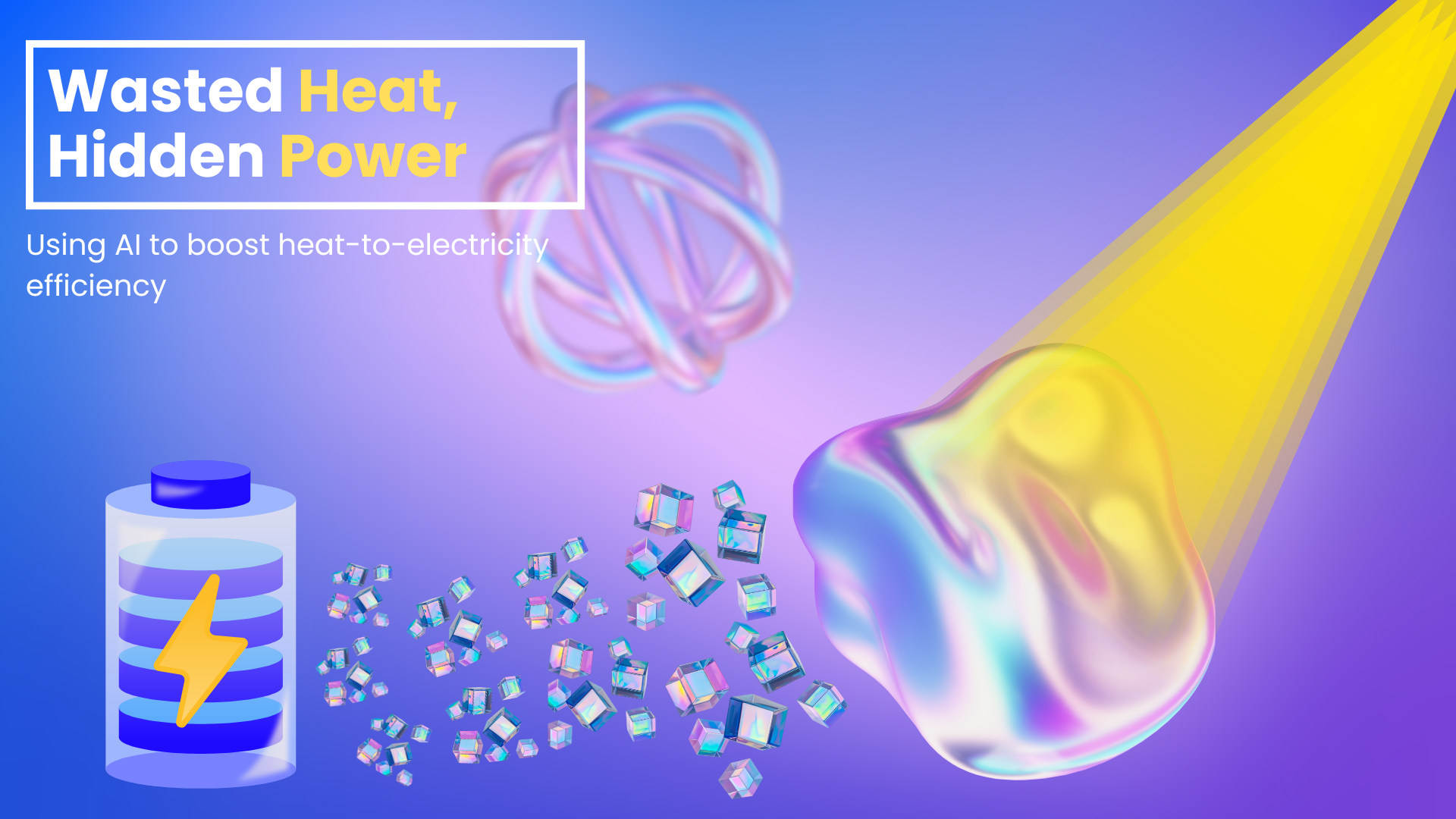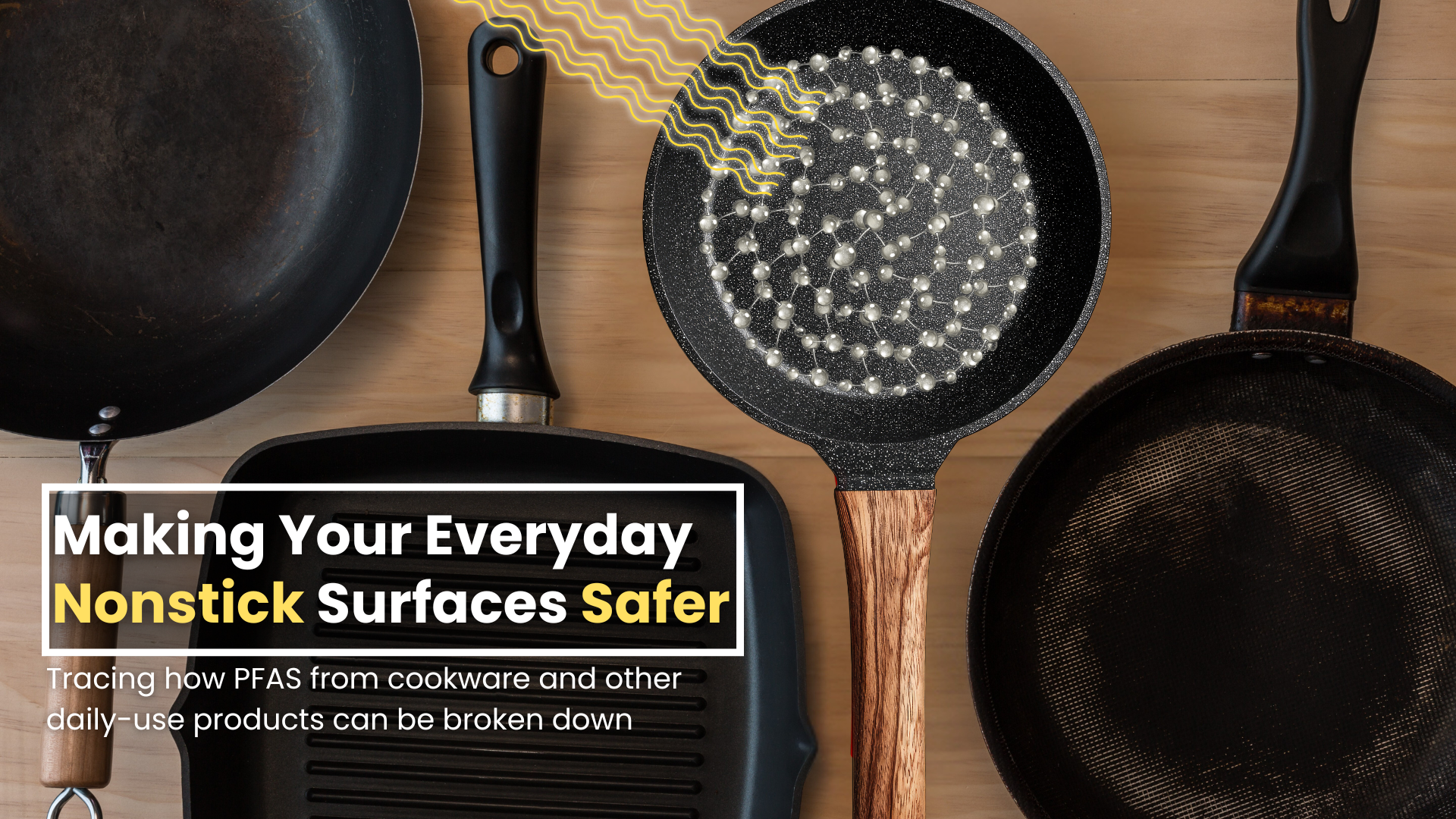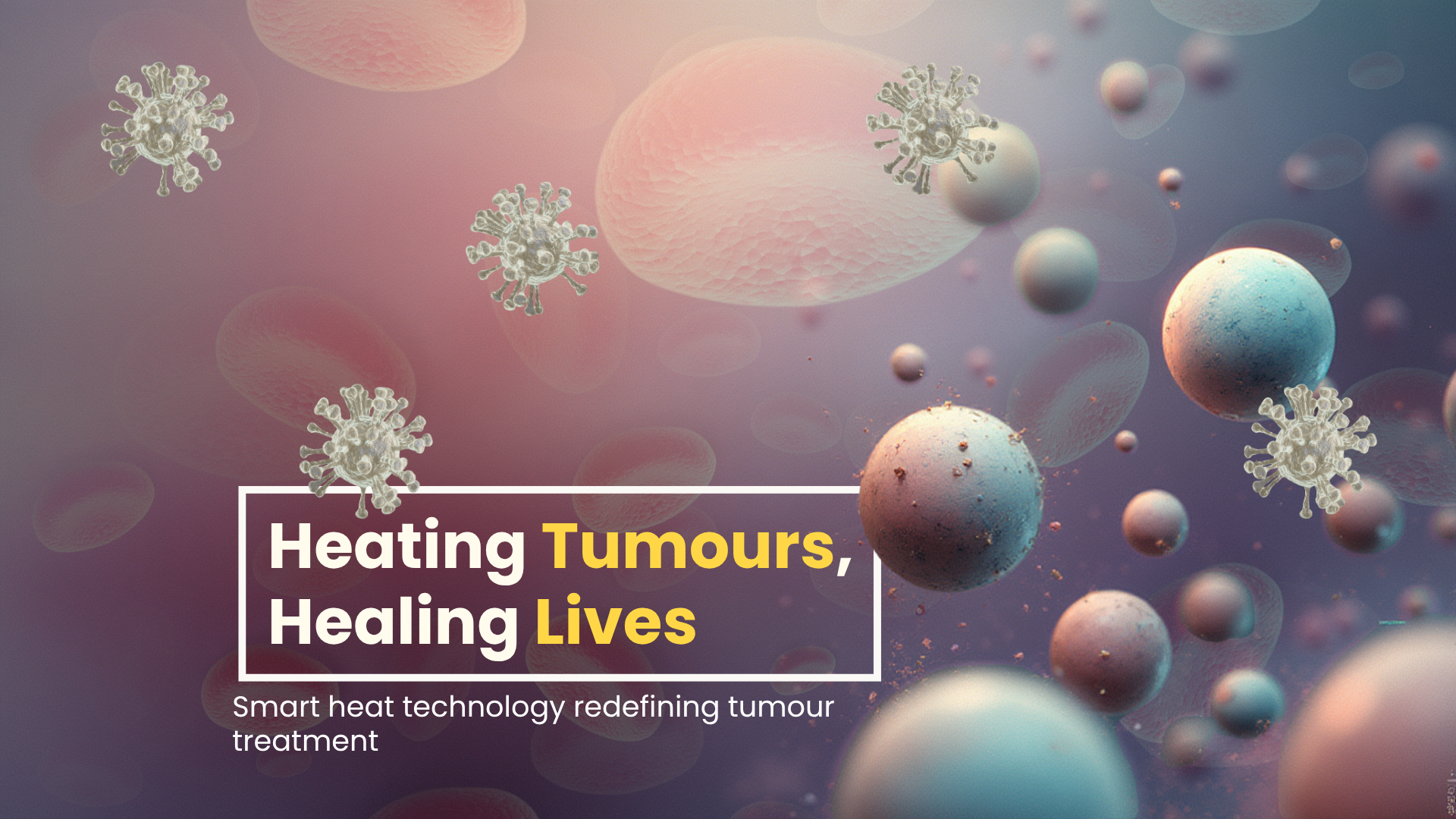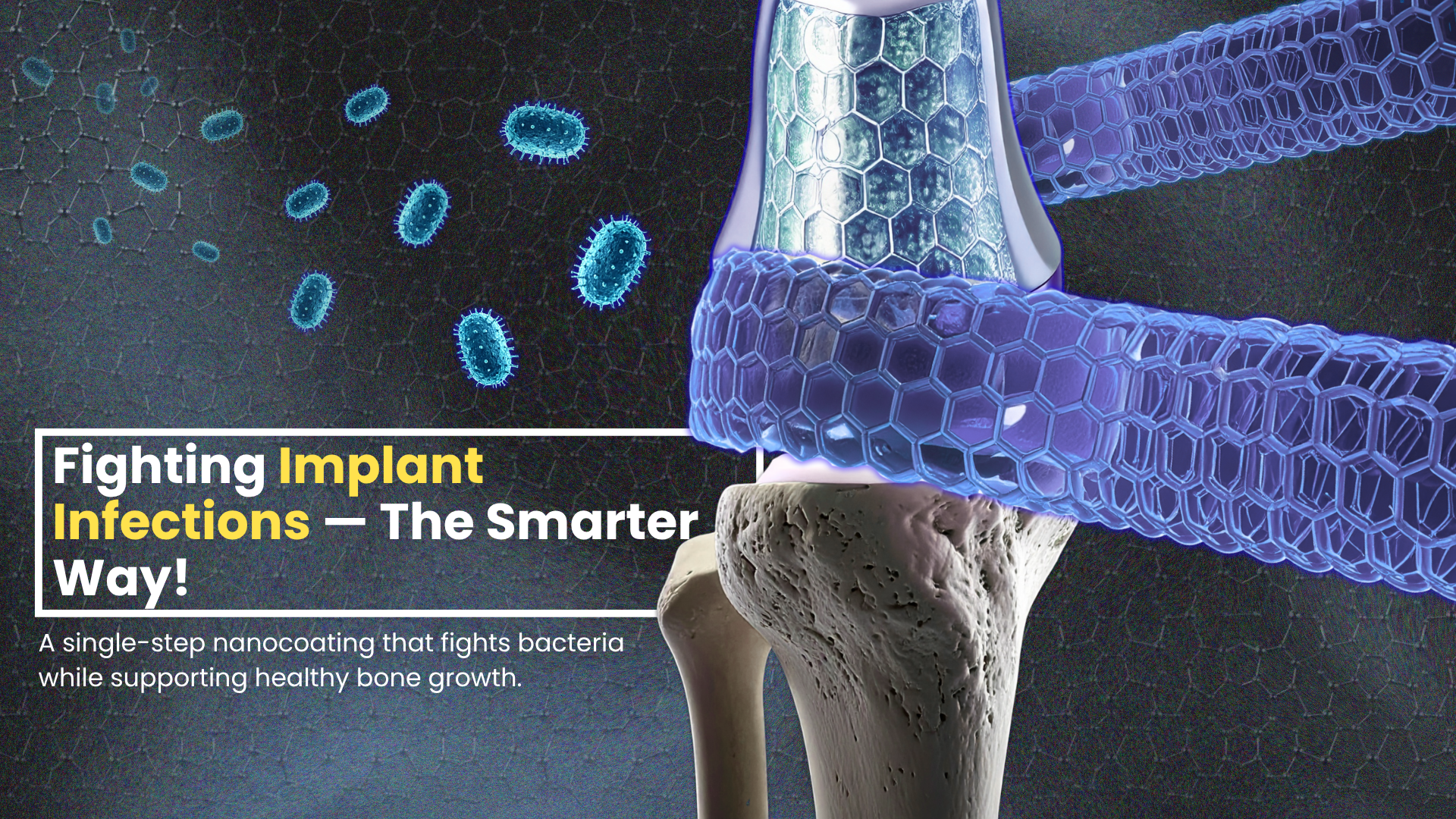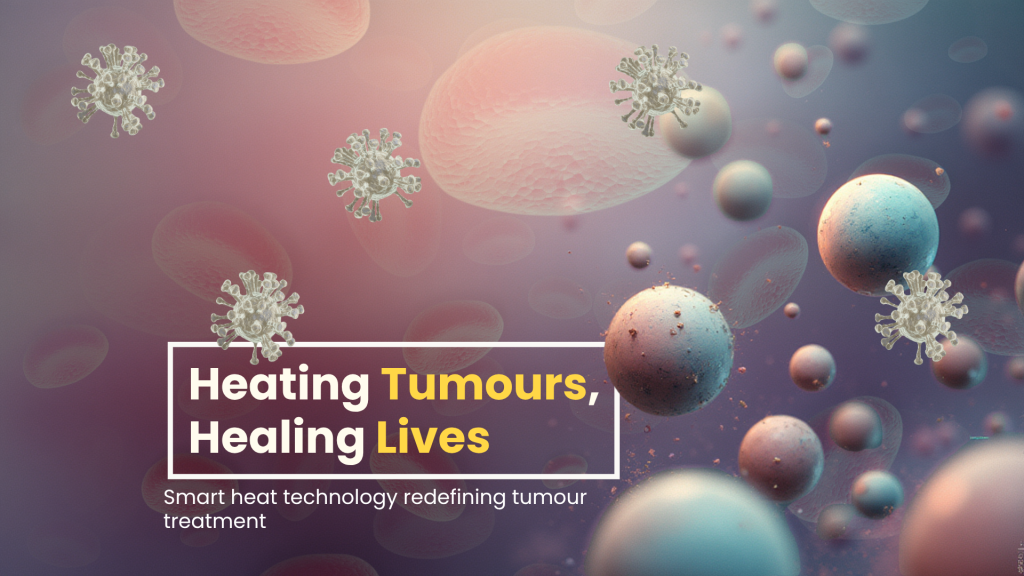
Have you ever wondered why radiation and chemotherapy are the most commonly used methods to treat cancer? This is because they can reach and kill cancer cells in ways other treatments can’t. Radiation has precision in targeting a tumour precisely, and chemotherapy can reach cancer cells throughout the body.
An additional treatment is usually given after primary treatment like radiation and/or chemotherapy, called adjuvant therapy. This is the treatment of remaining cancer cells which may be too small to detect after primary treatment. Adjuvant therapies include targeted therapy, immunotherapy, and endocrine therapy. Radiation and chemotherapy themselves could be used as adjuvant therapies after surgery.
Hyperthermia (HT) is an adjuvant therapy that is fast gaining popularity. It is an effective adjuvant therapy for radiation and chemotherapy treatments of melanoma and cancer of the breast, head and neck, cervix, and soft tissue sarcoma. The tumour temperature is selectively raised over 40 to 44 ◦C and maintained for 30 to 60 minutes to induce physiological changes that sensitise the tissue to radiation and chemotherapy cancer treatments.
Hyperthermia can be used for the treatment of superficial cancers. Superficial cancers are those cancers that have not invaded deeply and are found on the surface. They are detected early and can be easier to treat compared to invasive cancers.
For superficial cancer extending up to 3-4 cm (centimetres – it is a unit of length) from the body surface, HT treatment at 434 MHz (megahertz – it is a unit of frequency) is preferred. However, in normal HT treatments the applicator (a medical device used to deliver a therapy like radiation, heat, or drugs, directly to a tumour or the surrounding tissues) are either used alone or spatially arranged as an array to deliver even larger treatment coverage. Thus existing superficial HT applicators are meant for large area diffused cancer treatment.
Localised small tumours 2 to 4 cm in diameter (a straight line that goes from one side of a circle to the other side, passing through the centre), reported on curved surfaces such as face, nose, and neck are challenging to treat with existing single element hyperthermia applicators due to their large size.
Therefore, in this study, the authors Mr. Rahul Choudhary and Prof. Kavitha Arunachalam from the Department of Engineering Design, Indian Institute of Technology (IIT) Madras, Chennai, India, have devised a compact 434 MHz single antenna applicator with 13.68 cm2 (centimetre squared – it is a unit of area) aperture and an integrated conformal waterbolus (a waterbolus is a bag or applicator filled with water used in hyperthermia treatment) for superficial hyperthermia of small localised superficial cancer extending 2 to 4 cm diameter occurring at curved surfaces of the body.
An integrated conformal water bolus was designed to avoid air gaps during applicator placement on contoured surfaces. The proposed applicator is significantly smaller than the smallest single element 434 MHz reported for superficial hyperthermia. The water loaded cavity backed patch antenna used in the phased array applicator for HT treatment of locally advanced soft tissue cancers located several cm deep, was re-designed with a conformal water bolus for localised power deposition in superficial tissue with improved specific absorption rate (SAR – the measure of the rate at which the human body absorbs radiofrequency energy) and power coupling stability.
SAR and heating characteristics of the fabricated applicator were assessed in planar layered tissue mimicking phantom (a phantom is an artificial model that mimics human tissues and organs). Layered cylindrical phantoms were used to verify conformal heating on curved surface. Finally, tests were also done on ex-vivo chicken and bovine tissues.

Localised heating with greater than 96% power coupling at 434 MHz was observed in cylindrical tissue phantoms and contoured surfaces of ex-vivo chicken and bovine tissues. It was concluded that the proposed applicator could be used for HT treatment of small localised superficial cancers. However, further in-vivo (performed in a living organism) investigations are needed for the proposed single element superficial HT applicator prior to clinical use.
Dr. Nagraj G. Huilgol, a globally recognised radiation oncologist, currently serving as the Chief of the Division of Radiation Oncology at Dr. Balabhai Nanavati Super Speciality Hospital, Mumbai, India, gave his views explaining the importance of hyperthermia treatment, and lauded the efforts of the authors with the following comments: “Hyperthermia is raising core temperature of target biological tissue above physiological levels for therapeutic purposes. Generally, heating tumors to 40 degree – 45 degree celsius is termed Hyperthermia. Cellular structural integrity and intracellular chemical process are temperature dependent. Heating in the above range affects integrity and functioning of membrane as well as functioning of sub cellular structures. Hypoxia is a major deterrent for cure in most non – haematological malignancies. Hyperthermia is the best proven hypoxic cell sensitizer. Heat is an immune booster. It also makes cancer cells susceptible to ionising radiation and chemotherapy. There is a large body of level one evidence to prove effectiveness of Hyperthermia in cancer.
Heating cancer is a major engineering challenge. India lagged behind in clinical application due to prohibitive capital cost. The efforts of Prof. Arunachalam has the potential to reinvigorate Hyperthermia in Oncology.”
Article by Akshay Anantharaman
Click here for the original link to the paper

